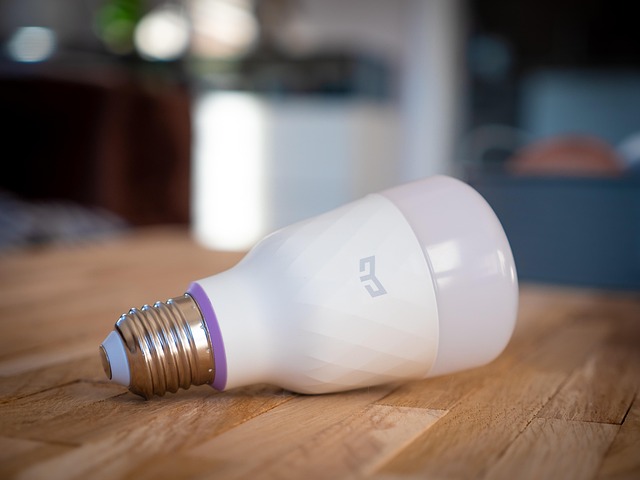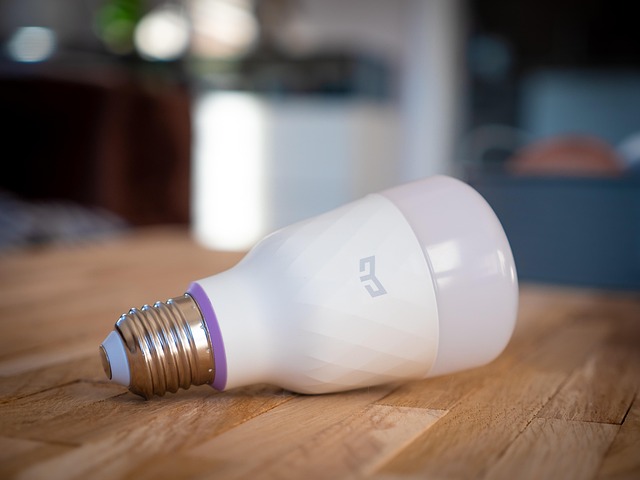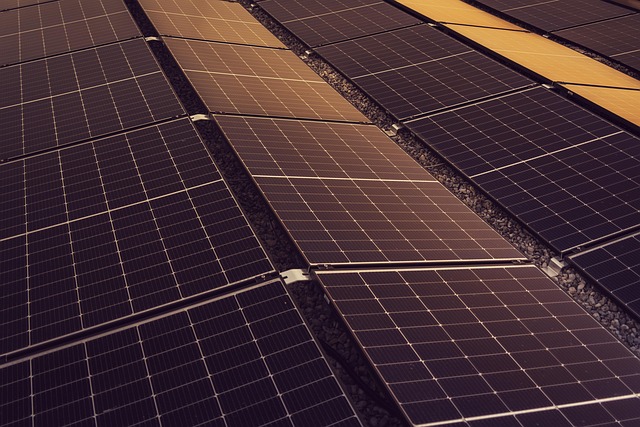In a world increasingly driven by technological advancements, the emergence of smart lighting systems is illuminating the path towards sustainable innovation. These systems not only offer enhanced convenience and efficiency but also play a significant role in our collective journey toward sustainable development. As we seek ways to reduce our ecological footprint, smart lighting stands out as a beacon of hope, combining modern technology with green practices.
Imagine walking down a street where streetlights automatically adjust their brightness based on pedestrian presence or the time of day, significantly decreasing energy consumption. This is just one example of how smart lighting can transform our urban landscapes. By integrating sensors and connectivity into our lighting systems, cities can optimize energy use, leading to reduced carbon emissions and, ultimately, a more carbon-neutral environment. The intersection of smart lighting and green technologies not only enhances functionality but also promotes a deeper commitment to sustainability.
The ecological footprint of conventional lighting solutions, characterized by excessive energy consumption and frequent bulb replacements, is a pressing concern in the quest for sustainability. In contrast, smart lighting technologies utilize LED fixtures and IoT capabilities to ensure better resource management. With features like real-time monitoring and automated control, energy waste can be minimized, reshaping how we think about lighting in residential, commercial, and public spaces.
Moreover, as cities around the globe strive for carbon neutrality, smart lighting solutions are emerging as essential components of comprehensive smart city initiatives. These initiatives aim to connect various elements of urban infrastructure to create synergistic benefits that include reduced energy costs and improved public safety. By harnessing the power of smart lighting, we can pave the way for a brighter, greener future that harmonizes with the natural environment.
The potential for smart lighting to influence our sustainability efforts extends beyond just energy efficiency. It plays a crucial role in enhancing the quality of life in urban areas. Well-lit public spaces encourage outdoor activity, promote safety, and foster community interaction, leading to vibrant, healthy neighborhoods. By investing in smart lighting, cities can nurture social connections while advancing their ecological objectives.
Incorporating smart lighting into our daily lives not only safeguards our environment but empowers us as individuals and communities to take active steps toward ecological responsibility. As consumers become increasingly aware of their choices, the demand for sustainable products continues to rise. Smart lighting technology fits perfectly within this trend, embodying the principles of innovation and sustainability.
Transitioning to smart lighting systems is more than just a trend; it is an imperative response to the environmental challenges we face today. As we continue to innovate and integrate these green technologies into our infrastructures, we can shine a light on a future where growth and sustainability coexist harmoniously. As communities, businesses, and governments recognize the importance of these systems, the ripple effect will shape our landscape, both literally and metaphorically, ensuring that our cities thrive for generations to come.
By choosing smart lighting solutions, we not only embrace technological progress but also contribute to a sustainable legacy for the planet. Through collaboration and commitment, we can illuminate the path to a greener tomorrow, where smart lighting serves as a cornerstone of innovation and sustainability.




